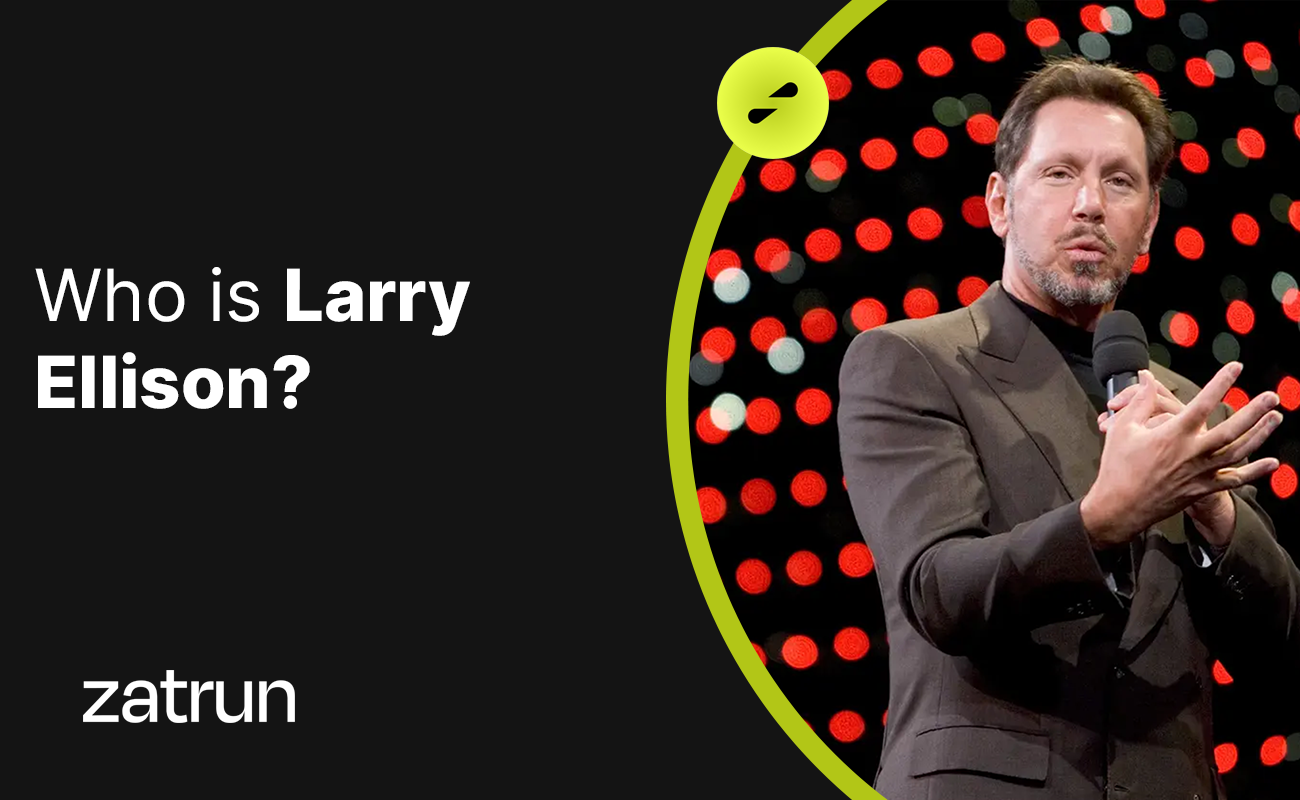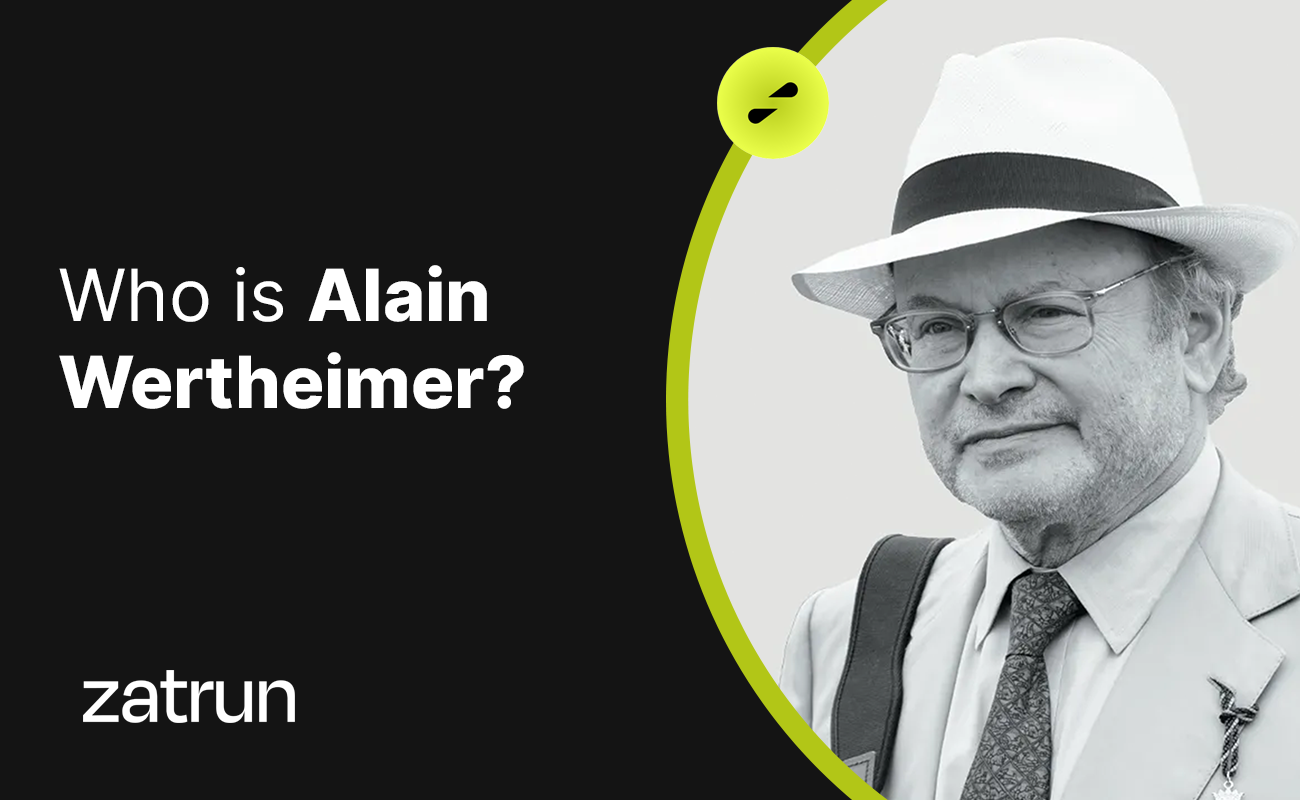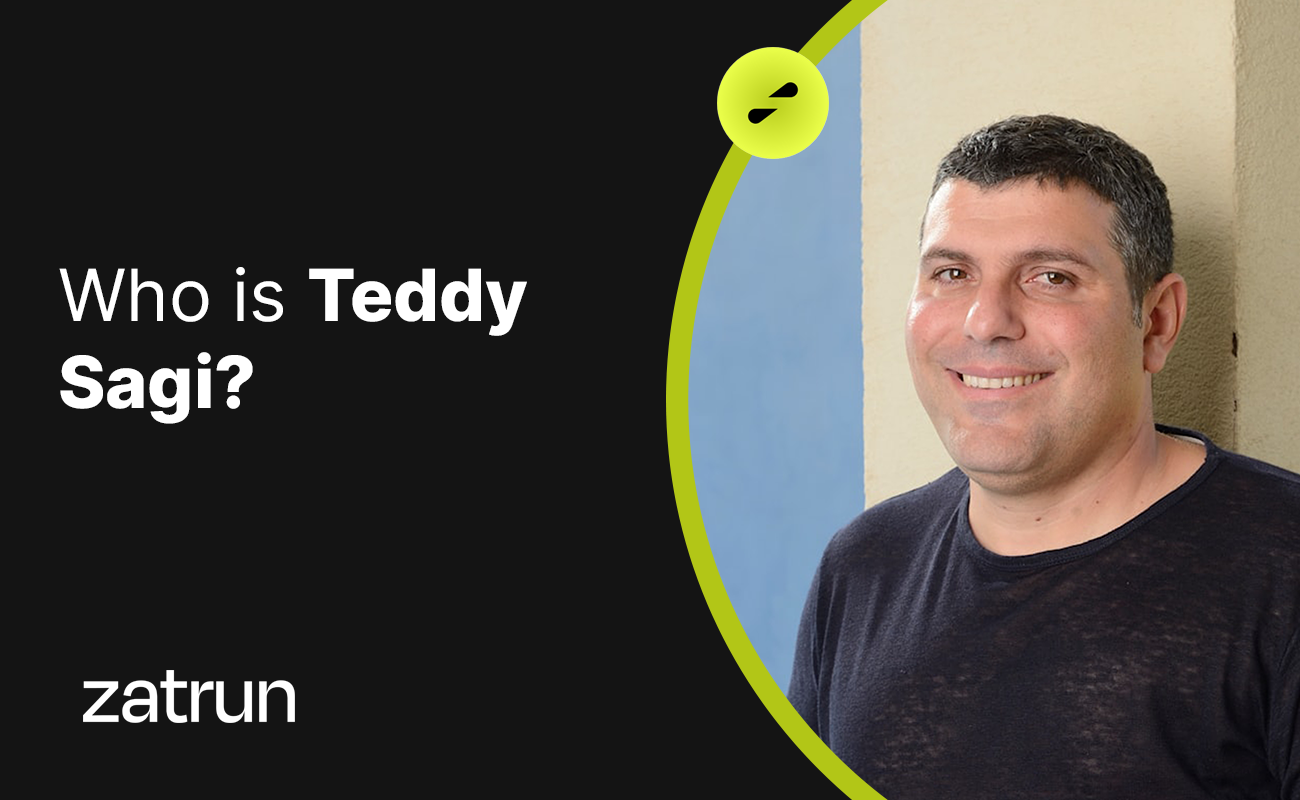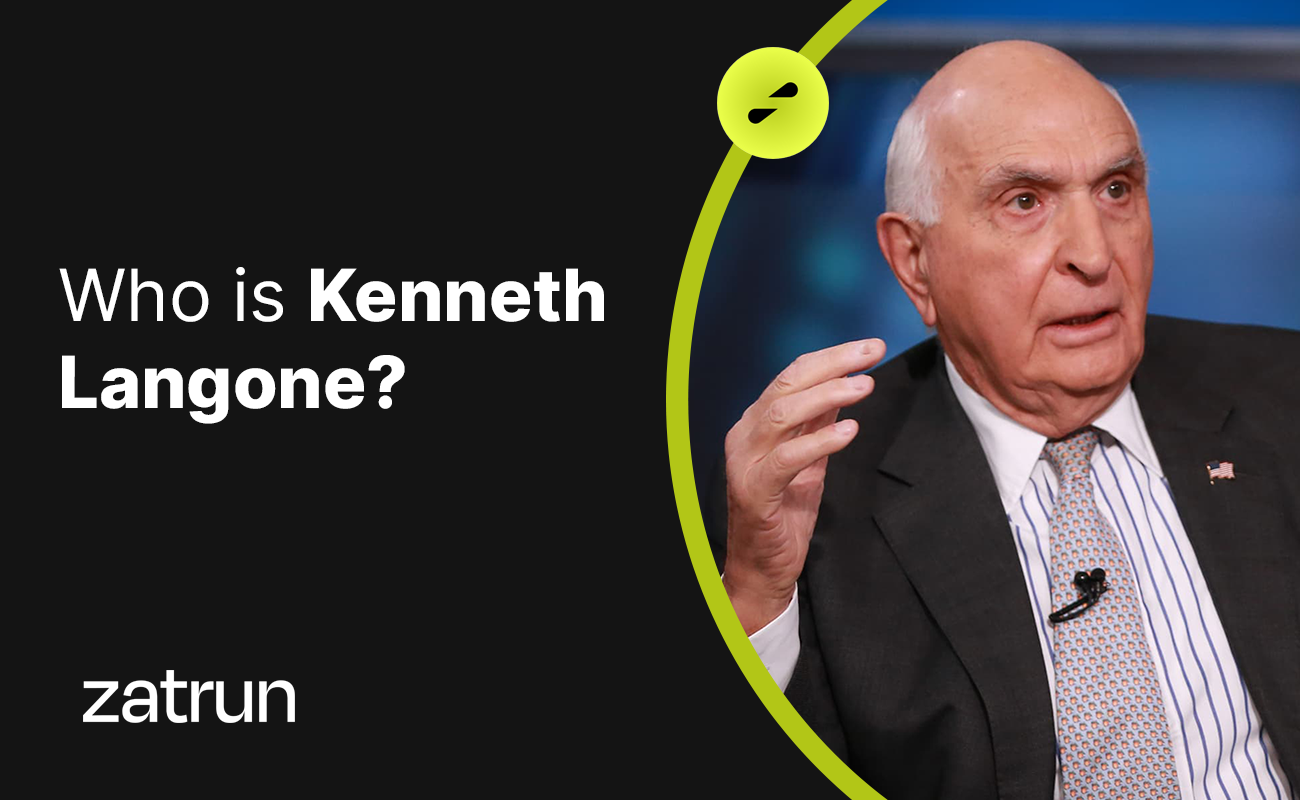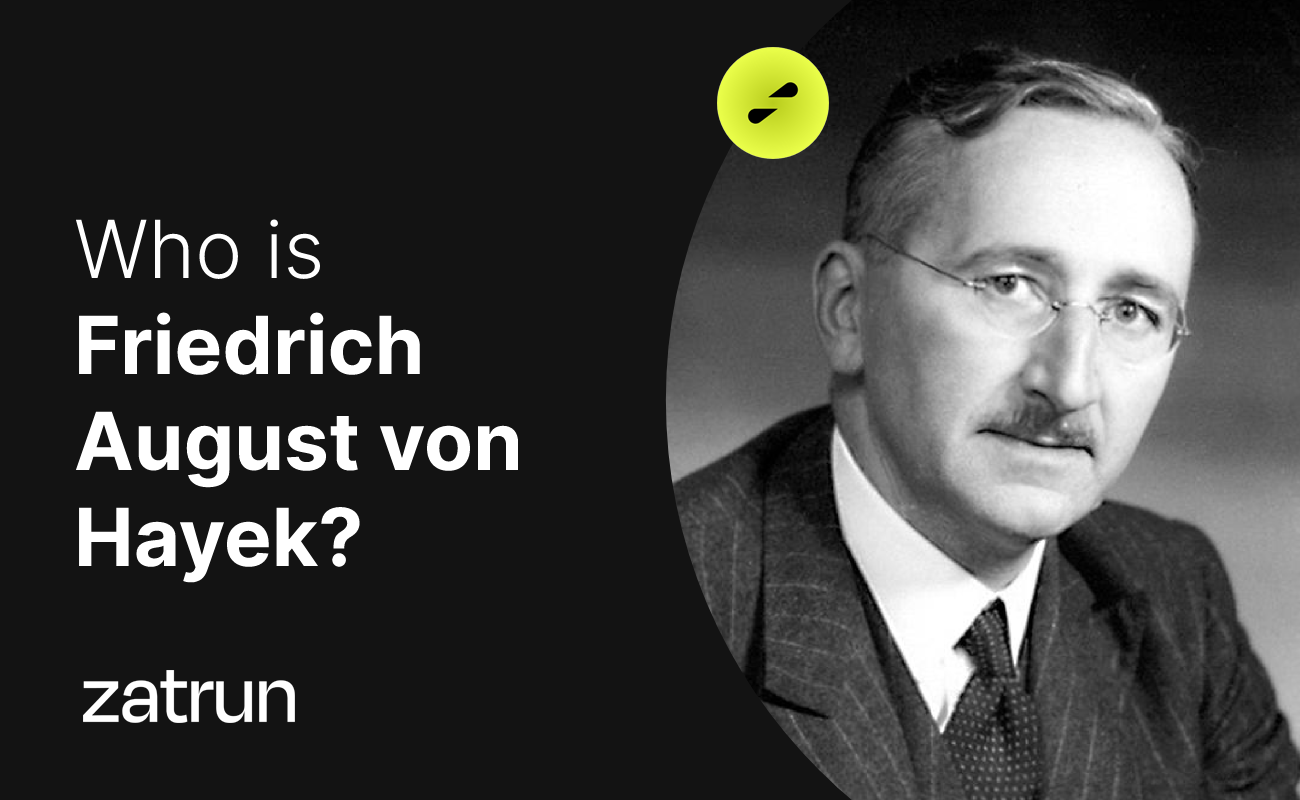In this article, titled “Robert Havemann 101: Who is the Famous Chemist and Dissident?”, we will delve into everything you need to know about Robert Havemann, the renowned chemist and dissident, which our readers at Zatrun.com are curious about.
Who is Robert Havemann?
Robert Havemann is one of the leading chemists and dissidents of East Germany. His work holds an important place in the political and scientific world of East Germany. Havemann received his education in chemistry in Berlin and Munich and earned a PhD in physical chemistry from the Kaiser Wilhelm Institute.

He joined the Communist Party of Germany (KPD) in 1932, and his arrest by the Gestapo in 1943 was connected with the resistance movements of this group. However, due to the significance of Havemann’s work on chemical weapons, his execution was repeatedly postponed, and he managed to survive until he was eventually rescued by the Red Army from the Brandenburg-Görden prison.
Career Life Mosaic: Crafting a Fulfilling Professional Journey
At the end of the war, Robert Havemann became the director of the Kaiser Wilhelm Institute of Physical Chemistry and Electrochemistry, but he was removed from this position in 1948 due to political pressure from American authorities in West Berlin. He continued his scientific work at the institute until he was banned from his laboratory.
In 1950, Havemann served as a physical chemistry professor at Humboldt University in Berlin and became a member of the Volkskammer in 1950. In addition, he won one of East Germany’s national awards in 1959. Havemann’s work in the fields of chemistry and economics contributed to the scientific and technological development of East Germany, and is still carefully examined by scientific institutions today. His life and work hold an important place in the history and culture of East Germany, and his memory is still commemorated today.
Havemann was a victim of the Stasi’s psychological warfare program known as “Zersetzung” in German. The Stasi is defined as the security and intelligence agency of the German Democratic Republic. The organization was based in East Berlin and had extensive complexes in Lichtenberg and various other regions. The Stasi is considered a highly effective intelligence organization worldwide, and the organization’s emblem is “Shield and Sword of the Party.” The Stasi was previously known as the State Security Service.
Criticism and Awards
Robert Havemann’s socialist critiques and work did not sit well with the ruling party in East Germany, and he was expelled in 1963 due to statements he made during a conference and in an interview conducted in West Germany. The conference was published under the title “Dialectics without Dogmatism – Natural Sciences Against Communist Ideology.”
Havemann was a victim of the Zersetzung program implemented by the Stasi. He was placed under house arrest in 1976, which lasted until 1982. Havemann suffered from a lung disease for a long time, and he eventually died due to the illness. In 1989, he was politically rehabilitated by the Socialist Unity Party of Germany, and in 2005, he was posthumously awarded the International Raoul Wallenberg Foundation’s “Honorary Citizen of the Holocaust” title by the Yad Vashem Holocaust Memorial in Israel. Havemann’s life and work hold an important place in the history and culture of East Germany, and he continues to be remembered today.


